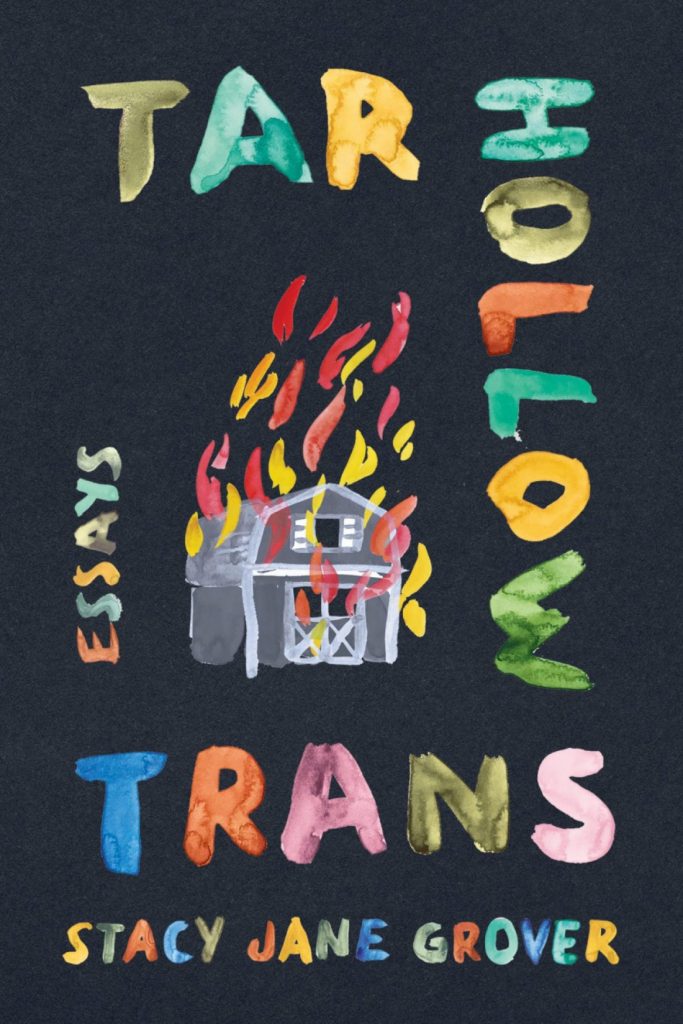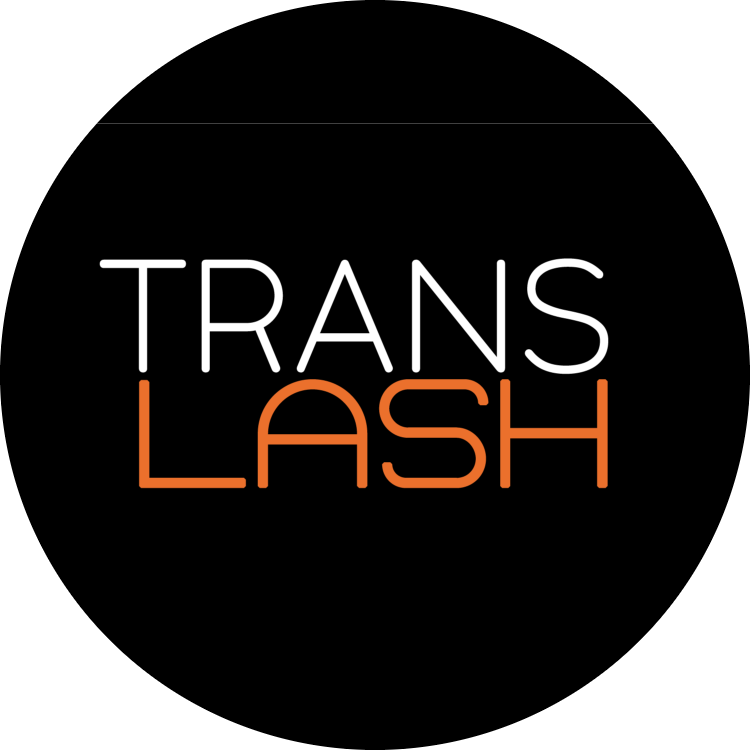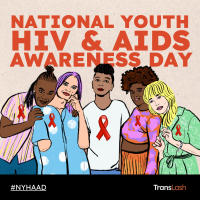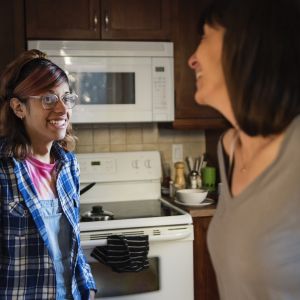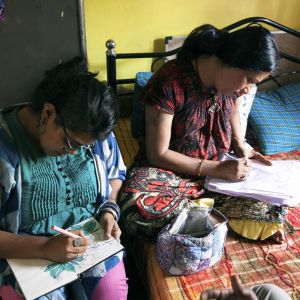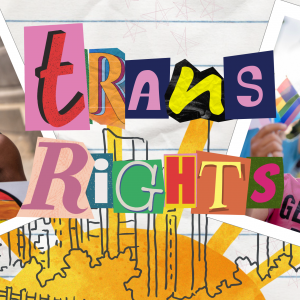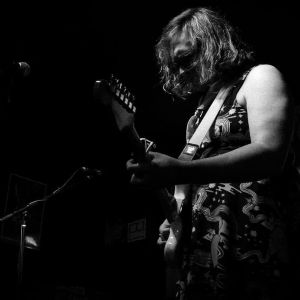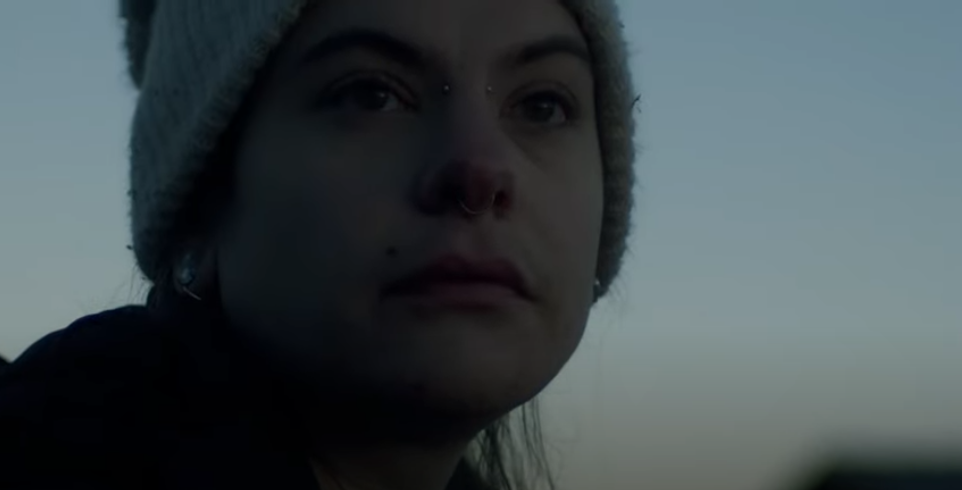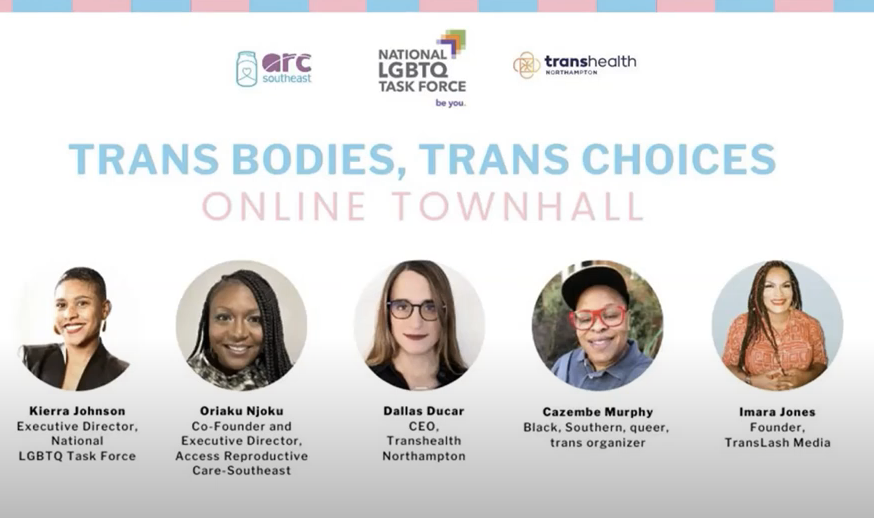By Mandy Shunnarah
Stereotypes about Appalachia run rampant, and one of the most pervasive is that the region is uninhabitable for LGBTQ+ people. There’s a push from some rural queer folks for queer people to form communes unto themselves apart from the “backward” people in Appalachia, or escape to a big city—preferably one near the coast. But talk to Stacy Jane Grover (she/her) for five minutes, author of the newly released memoir-in-essays Tar Hollow Trans, and she’ll show you why that’s a reductive and often incorrect way to view the region.
The Appalachian region itself is as contested as what goes on inside of it. A brief history: The federal government declared a war on poverty in 1965 and formed the Appalachian Regional Commission, an economic development entity that identified 423 counties spanning from southern New York state to northern Alabama and Mississippi as being impoverished and in need of special attention in order to more fully participate in capitalism.
However, as we know from Indigenous activists, borders are often arbitrary, so cultures, communities, and family connections don’t stop at county lines. In the most technical sense, the rural southeastern Ohio county Grover grew up isn’t in Appalachia according to the federal government, but it’s surrounded by ARC-designated counties on three sides and many of the cultural traditions carry over.
“I reference the historian Emily Skidmore who wrote True Sex: The Lives of Trans Men at the Turn of the Twentieth Century. These trans men specifically moved away from the city to live in rural areas to live out lives,” Grover said. “Skidmore also talked about just how easy it is to find trans people in small-town newspapers where the newspapers are using correct pronouns.”
Finding True Sex while in grad school for her master’s in Women’s, Gender, and Sexuality Studies was validating for Grover. “It was something I always felt growing up, and that book showed me it was real, not just vibes,” she said.
In Grover’s lived experiences growing up in Carroll, a village in Fairfield County, Ohio––which just hit a population of 500 in the 2020 Census––it’s not being queer or trans that Appalachian people take issue with, it’s disrupting the rural way of life.
“It’s not being gay or trans that was disruptive. It was like, ‘Don’t bring that city slicker shit out to my neck of the woods,’” Grover said. “People know my family as farmers and people who worked in the paper mill and the glass factory. People know that you show up to help in a barn fire. People know if you come to church. If someone is about to lose their kids, people know how to step up to help with food. We have all these mutual aid networks in rural places, so you have to show up.”
Showing up and being present in the lives of others is the basis of any community, and it’s no different in Appalachia. Grover writes beautifully in her memoir about the rural goth scene she was a part of, which included a number of queer people who showed up for each other constantly. Whether poverty or loneliness, addiction or mental health, they helped one another navigate uncertain futures and achieve what sometimes felt like unattainable dreams, like going to college or finding a trade that would allow for some semblance of upward mobility.
It’s in these passages that she addresses yet another stereotype about Appalachia: that if you are out in the region, there’s one queer community and it’s a monolith, so there’s only one “acceptable” way to be LGBTQ+. That, too, couldn’t be further from the truth. Not every queer person gravitated toward the goth scene Grover was a part of simply because they knew they’d be accepted there. There were other queer spaces to join, so there was no need to shoehorn yourself into a scene that you didn’t actually identify with.
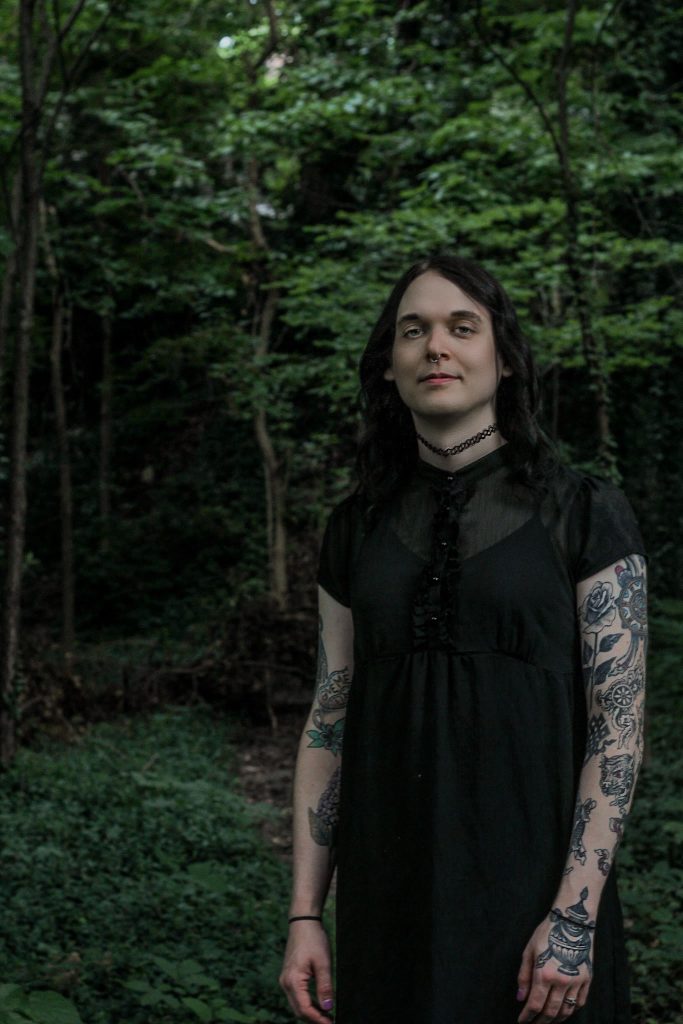
If Appalachia is not as inhospitable to trans and nonbinary people as the dominant societal narrative would have us believe, a world of possibility opens up for LGBTQ+ people who may feel pushed by queer culture to flee rural areas for the city, even though they find themselves more at home in more sparsely populated areas away from the coasts. Yet this pressure to flee reveals even more stereotypes about Appalachia that don’t hold up –– namely that the entirety of Appalachia is rural, so one must leave the region to live in a city.
“Cornell University in New York is in an Appalachian county, but that’s not what you think of when you think of Appalachia,” Grover pointed out. “Look at West Virginia. The whole state is in Appalachia and parts are an hour or half hour from D.C. It happens everywhere.”
And as Grover discovered when she moved to Columbus, Ohio –– the notoriously gay-friendly 14th largest city in the country just a half hour from Grover’s hometown –– the promises of a queer haven and community in the city don’t always happen as hoped for.
“What makes you belong is different in the city. What gives you your card to the club of certain scenes is, do you know and cite certain histories? Do you know and like certain pop culture? Like how every queer person seems to know astrology,” Grover said. “I don’t remember at the time ever feeling like I needed to get out of my hometown and I don’t know that I ever wanted to. It just kind of happened…I had such a rich understanding of being gay and the lived experience of being trans in my home area with my chosen kin and my friends, then I got to the city and it was like everything I was doing was a cheap white trash knockoff of what the city had to offer.”
It’s not that Grover is discounting trans and nonbinary people’s very real concerns over safety and belonging, but rather that through Tar Hollow Trans, she’s casting light on experiences like hers, which don’t get talked about nearly enough.
“A lot of people’s life stories are: I was closeted, I couldn’t come out in my hometown, so I went to the city and found community. Even though we know that’s not the case in all rural places and it’s not everyone’s rural experience, that’s the forgotten part of all this,” Grover said. “When you’re a country person, a rural person, and you’re Appalachian, you move to the city and you want to do that same kind of connecting but you don’t want to assimilate. A lot of times you’re locked out of the promise of community.”
As Tar Hollow Trans shows, if we open our minds, trans and nonbinary community isn’t as difficult to find in rural places as city slickers might believe.

Mandy Shunnarah (they/them) is an Alabama-born, Palestinian-American writer who now calls Columbus, Ohio, home. Their essays, poetry, and short stories have been published in The New York Times, Electric Literature, The Rumpus, Entropy Magazine, The Normal School, Heavy Feather Review, and others. Their first book, Midwest Shreds: Skating Through America’s Heartland is forthcoming from Belt Publishing. Read more at mandyshunnarah.com.


